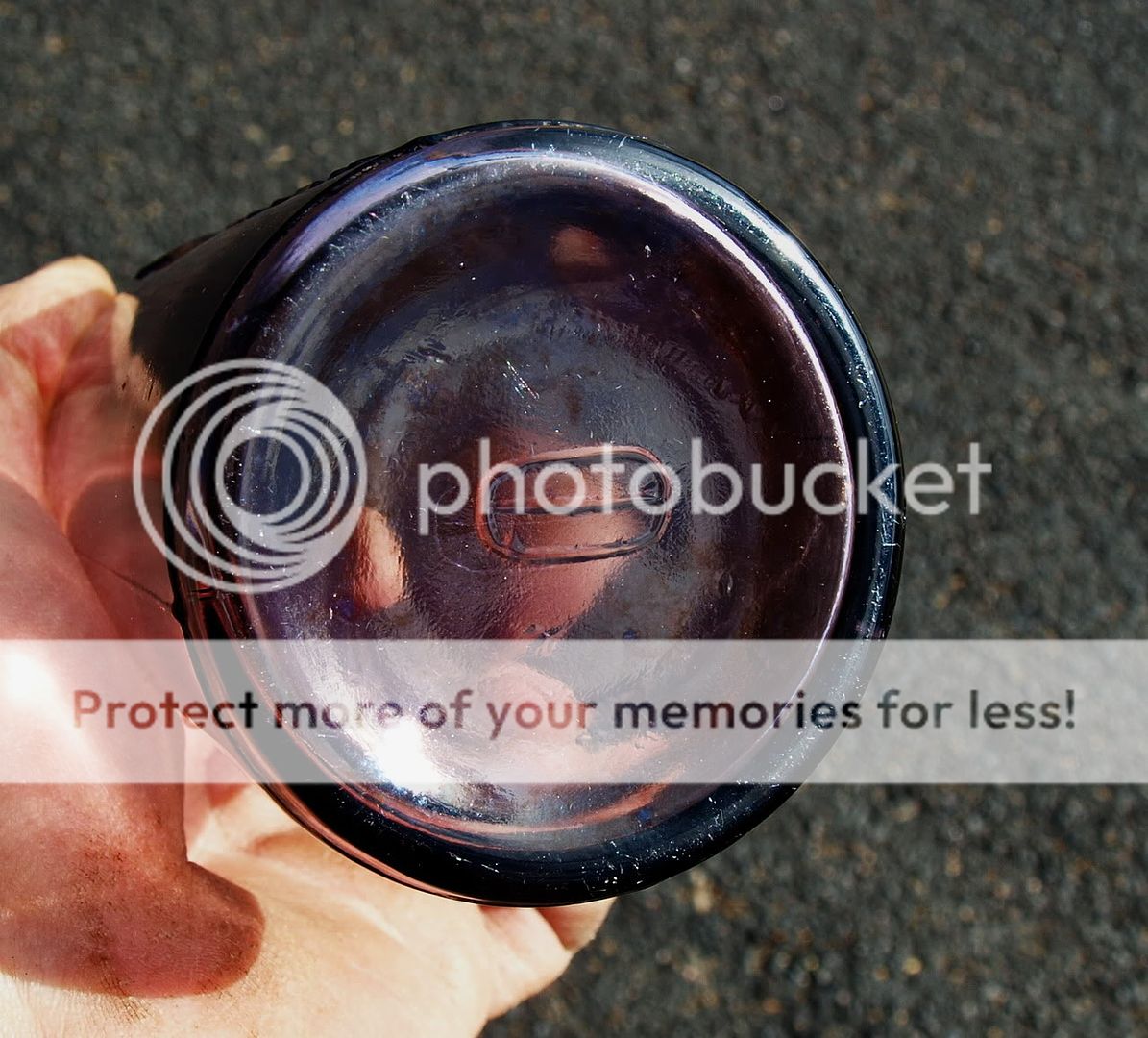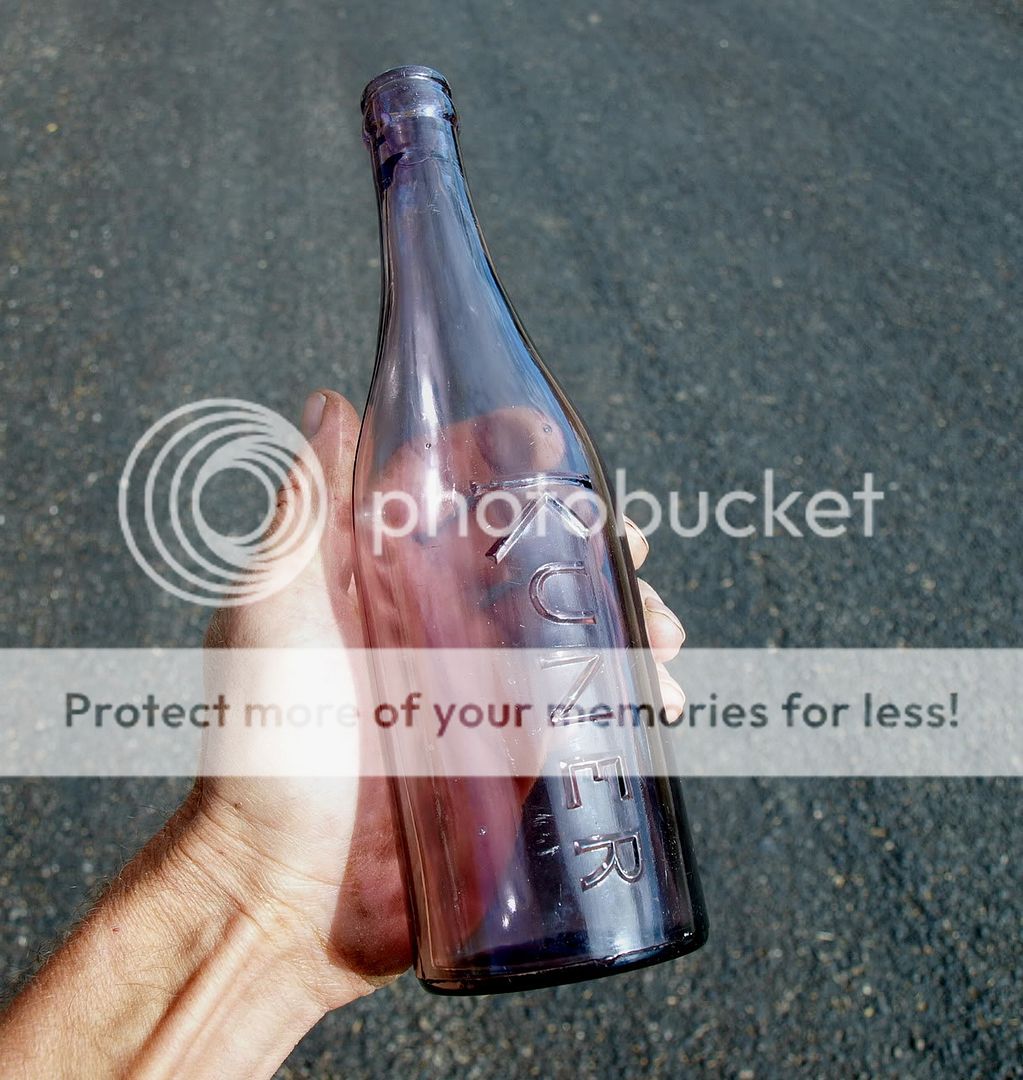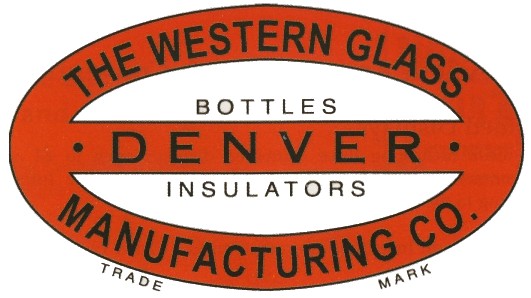yoopermine
New Member
Hi all,
I will preface by stating that I am a new member to this forum and appreciate any assistance as I am relatively new to bottle collecting.
I own and operate an historic Gold placer mine in the mountains of Colorado. My mine dates back to the mid-late 1800s and there are numerous decrepit cabin outposts hidden on my heavily wooded mountainside as well as at my base camp. I frequently and inadvertently unearth metal, brass, and copper artifacts from the old miners... most are unrecognizable to me and almost always a byproduct of overburden.
During one of my last visits this fall, before winter shut me down, I recovered the bottle pictured below. I have not had it professionally cleaned, nor have I attempted to do so myself. I was recovered under about 1ft of soil with the neck facing down and contained no moisture or significant water staining... surprisingly well preserved.
The reason I am posting it for ID in this thread was the criteria "if the mould seam goes through the lip it has been machine made and is after 1900".
As seen in the first image - the mould seam fades out (on both sides) approximately 1" before it reaches the crown. If I have posted this in the wrong topic category please forgive my ignorance. I have been unable to successfully identify this bottle using internet resources thus far. There was a company in Denver at one time names "Kuners" (plural) which bottles and canned vegetable products but this does not appear to be such a bottle. The bottle coloration is as it appears - light lavender or amethyst.
Thank you in advance for any information or advice. (sorry for the large pics!)
Seam termination

The mark

Lettering is raised and beveled

I will preface by stating that I am a new member to this forum and appreciate any assistance as I am relatively new to bottle collecting.
I own and operate an historic Gold placer mine in the mountains of Colorado. My mine dates back to the mid-late 1800s and there are numerous decrepit cabin outposts hidden on my heavily wooded mountainside as well as at my base camp. I frequently and inadvertently unearth metal, brass, and copper artifacts from the old miners... most are unrecognizable to me and almost always a byproduct of overburden.
During one of my last visits this fall, before winter shut me down, I recovered the bottle pictured below. I have not had it professionally cleaned, nor have I attempted to do so myself. I was recovered under about 1ft of soil with the neck facing down and contained no moisture or significant water staining... surprisingly well preserved.
The reason I am posting it for ID in this thread was the criteria "if the mould seam goes through the lip it has been machine made and is after 1900".
As seen in the first image - the mould seam fades out (on both sides) approximately 1" before it reaches the crown. If I have posted this in the wrong topic category please forgive my ignorance. I have been unable to successfully identify this bottle using internet resources thus far. There was a company in Denver at one time names "Kuners" (plural) which bottles and canned vegetable products but this does not appear to be such a bottle. The bottle coloration is as it appears - light lavender or amethyst.
Thank you in advance for any information or advice. (sorry for the large pics!)
Seam termination

The mark

Lettering is raised and beveled




